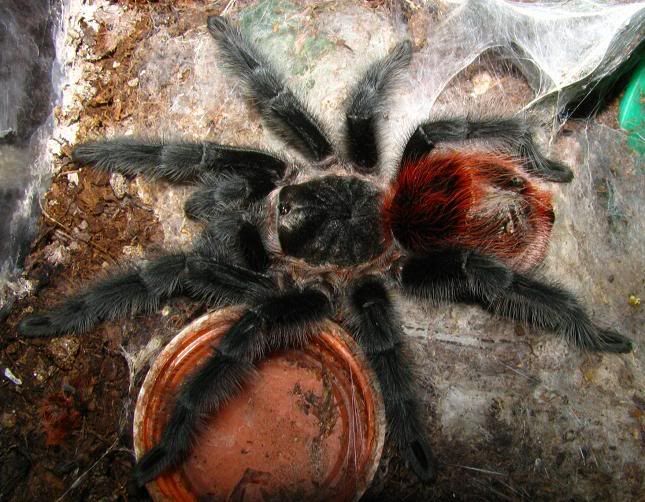Rhysandfish
Arachnoknight
- Joined
- Jul 23, 2017
- Messages
- 210
Im new to keeping T's and i was wondering if there were a beginners species with more color, like the Green Bottle Blue or the Vietnam Blue. I really like the GBB but I have zero T experience.


